Have you ever wandered through a sun-dappled forest and wondered if some of the green, leafy residents are eyeing you up for dinner? As strange as it sounds, the plant world hides some of nature’s most cunning eaters—plants that have developed an appetite for flesh. Forget the gentle, passive image of plants quietly basking in sunlight; carnivorous plants flip the script, turning the tables on unsuspecting insects and even small animals. Their fascinating adaptations make them not just survivors, but downright predators in tough environments. Let’s peel back the leaves and discover the wild, sometimes shocking truth about these botanical oddballs.
The Origins of Carnivorous Plants
The story of carnivorous plants begins millions of years ago, in places where life was unforgiving and nutrients were scarce. Imagine a bog or marsh, where the soil is watery and poor in nitrogen. In these harsh habitats, some plants faced a life-or-death challenge: adapt or starve. The answer? Evolve ingenious ways to supplement their diet by trapping and digesting unwary visitors. Over time, natural selection shaped these species into formidable hunters. Today, scientists believe there are over 800 species of carnivorous plants, each with its own unique hunting style and evolutionary tale.
Defining Carnivory in Plants
What does it actually mean for a plant to be carnivorous? In simple terms, it’s about more than just trapping a bug. Carnivorous plants must be able to lure, capture, kill, and digest their prey, then absorb the nutrients. This is a complex choreography involving sticky surfaces, snap traps, and digestive enzymes. While some plants are borderline—like those that rely on bacteria to break down their prey—true carnivores handle the whole process themselves. It’s a bit like a chef who not only catches the fish but also cooks and serves the meal.
Venus Flytrap: Nature’s Snap Trap
Perhaps the most famous of all carnivorous plants, the Venus flytrap is the poster child for plant predation. Native to the boggy wetlands of the Carolinas, this plant’s leaves are hinged like a bear trap, snapping shut when tiny hairs are triggered by an unsuspecting insect. The speed of the trap is nothing short of thrilling—a split-second closure that’s faster than you can blink. Once closed, the plant secretes digestive juices, turning its victim into a nutrient-rich soup. This energy-intensive process means the Venus flytrap is a very picky eater, preferring only living, moving prey.
Pitcher Plants: The Slippery Slope
Pitcher plants look almost like something out of a fantasy novel—tubular leaves form deep, colorful pits filled with liquid. Their slippery edges and downward-pointing hairs make escape nearly impossible for any creature unlucky enough to fall in. These plants lure insects with sweet nectar, but it’s a deadly trick. Once inside, bugs are trapped and slowly digested. Some tropical pitcher plants have even been known to trap small frogs or rodents, making them the stuff of both nightmares and scientific fascination.
Sundews: Sticky But Deadly
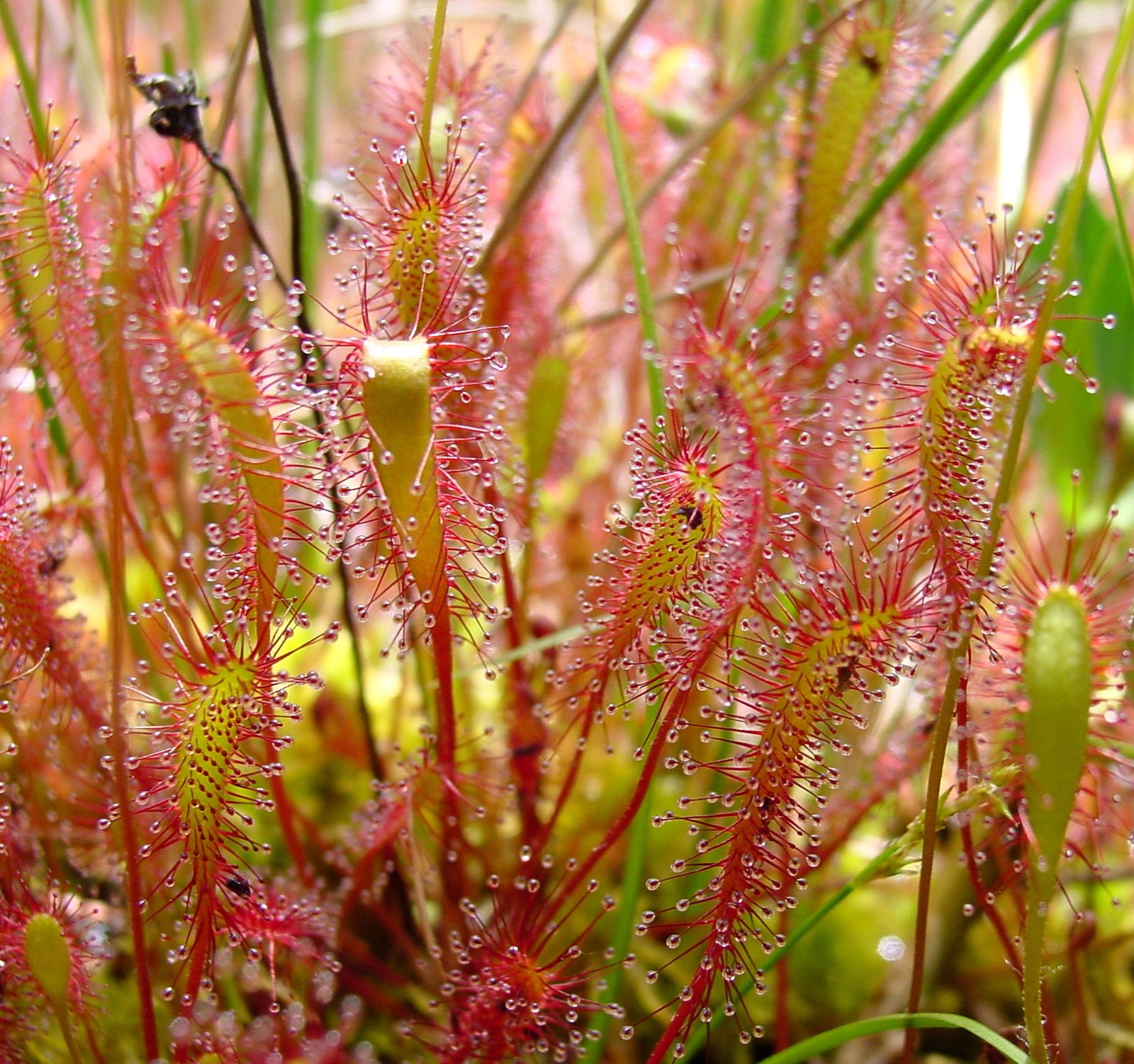
Sundews dazzle with their beauty—tiny, jewel-like drops glint at the tip of each tentacle. But those glistening beads are not morning dew; they’re potent glue. When an insect lands on a sundew, it quickly becomes ensnared. The plant’s tentacles slowly curl around the struggling prey, suffocating it before digestive enzymes break it down. Sundews are found on every continent except Antarctica, each species showcasing its own unique twist on stickiness and digestion.
Bladderworts: Underwater Assassins
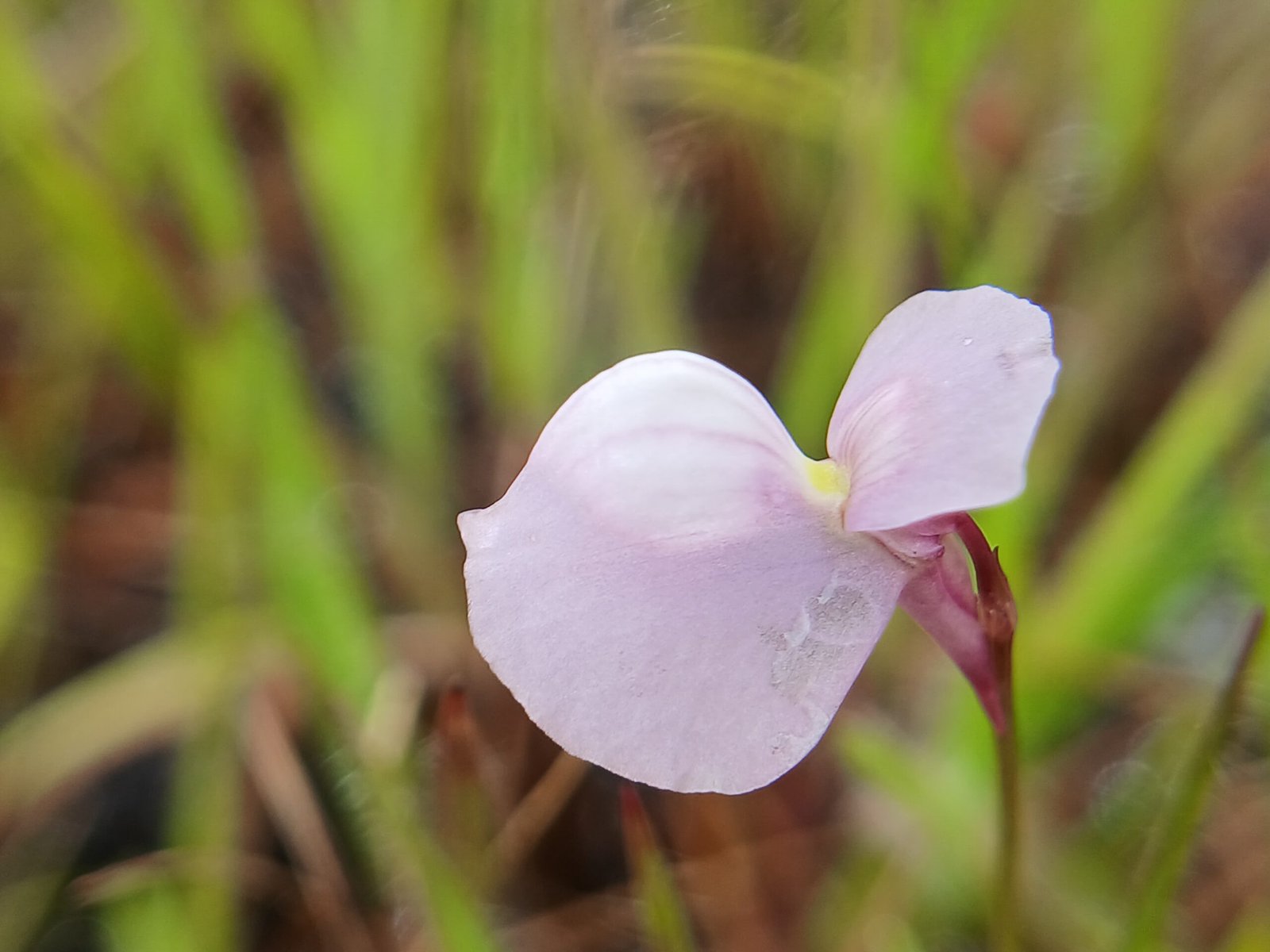
Bladderworts are the ninjas of the plant world, hidden in ponds and wetlands, waiting for their chance to strike. They possess tiny, bladder-like traps with vacuum-sealed doors. When a small aquatic creature brushes against a hair trigger, the door opens in a flash, sucking the prey inside. The speed and precision of this underwater attack are almost unbelievable—some bladders snap shut in less than a millisecond. Bladderworts are masters at catching mosquito larvae, water fleas, and even tadpoles.
Butterworts: Greasy and Lethal
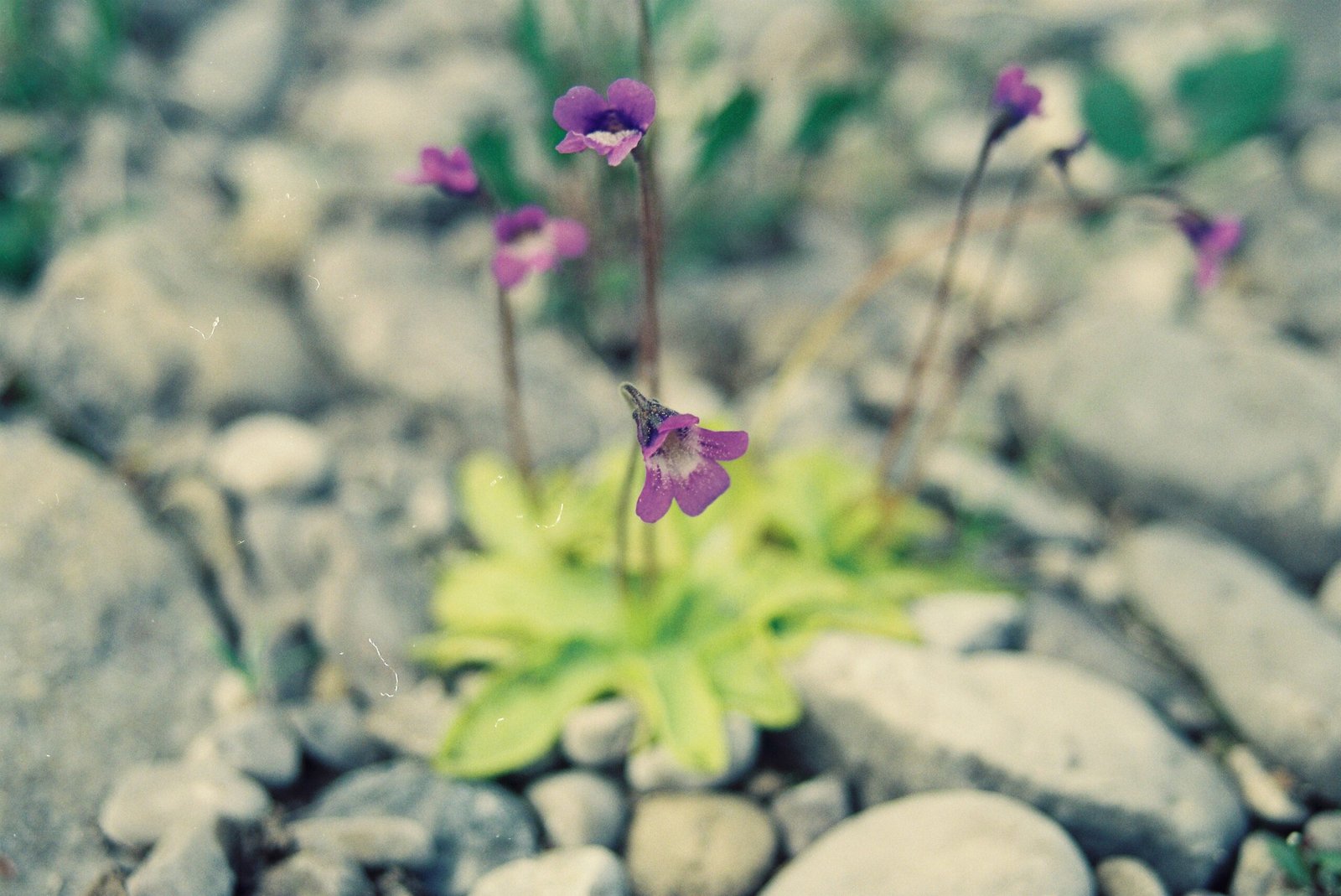
At a glance, butterworts seem unremarkable, with their smooth, greasy leaves lying flat against the ground. But this slick surface is a deadly trap. Insects searching for nectar or a place to rest find themselves stuck fast. The more they fight, the more ensnared they become. Enzymes quickly get to work, dissolving the prey and allowing the plant to absorb precious nutrients. For many butterworts, this adaptation is the difference between thriving and barely surviving in poor soils.
Why Carnivory? The Science Behind the Diet
You might wonder, why would a plant turn to such drastic measures? The answer lies in the struggle for survival. In nutrient-poor environments, traditional strategies just don’t cut it. Carnivorous plants supplement their diet with animal protein, allowing them to grow where others wither. Their roots often remain small and inefficient, while their traps become the stars of the show. It’s a remarkable example of evolution finding a workaround when the usual rules don’t apply.
Are Carnivorous Plants Picky Eaters?
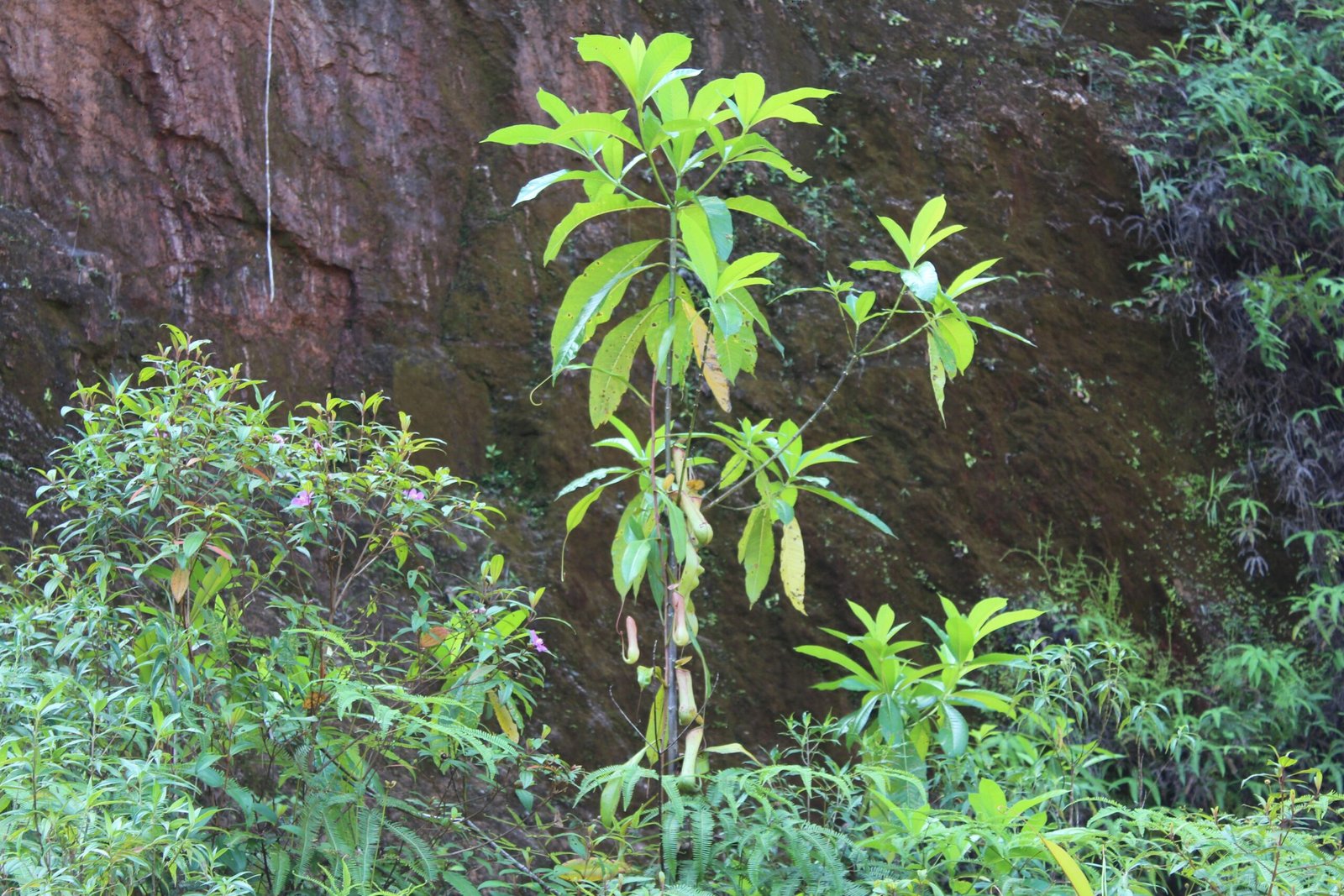
Despite their savage reputation, carnivorous plants are surprisingly selective. Many prefer live prey and will actually reject dead insects, which don’t trigger their sensitive mechanisms. Some species are even choosy about the size of their victims, as large prey can rot and harm the plant. In a way, these plants are like gourmet chefs, demanding only the finest ingredients for their peculiar feasts. Their pickiness is a matter of survival, helping them avoid costly mistakes.
Traps: Snap, Pitfall, Sticky, and Suction
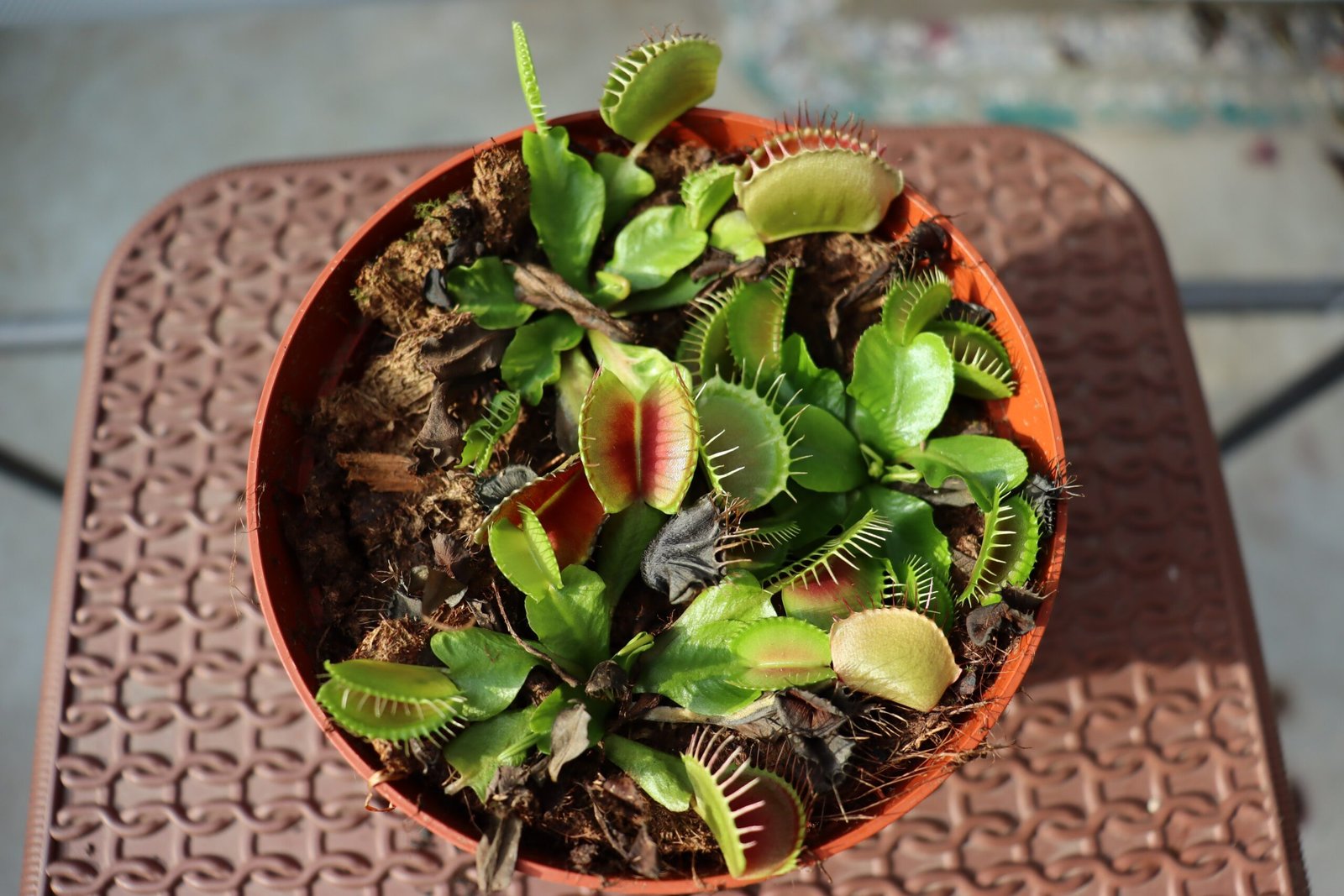
Carnivorous plants have invented some of nature’s most creative traps. Snap traps, like those of the Venus flytrap, use rapid movement to ensnare prey. Pitfall traps, seen in pitcher plants, rely on slippery surfaces and gravity. Sticky traps, like sundews and butterworts, immobilize victims with glue-like secretions. Suction traps, the specialty of bladderworts, create a miniature vacuum. Each strategy has evolved to maximize success in a specific environment, showing just how inventive plants can be.
Digestion: Turning Prey into Plant Food

Once a plant has caught its meal, the real magic begins. Specialized glands secrete digestive enzymes that break down proteins and other molecules, much like our own stomachs do. This process can take days, with the plant slowly absorbing nutrients through its leaf surfaces. In a sense, carnivorous plants have turned themselves into living laboratories, blending botany and biology in ways that are still being unraveled by scientists today. Their digestive powers are so potent that researchers are studying them for clues about enzyme production and nutrient cycling.
The Role of Microbes in Plant Carnivory
It’s not just the plants doing the heavy lifting—microbes often lend a helping hand. In the pitcher’s liquid, for example, a whole ecosystem of bacteria, fungi, and tiny animals helps break down prey. These microbial partners can speed up digestion, recycle nutrients, and even protect the plant from harmful invaders. Some scientists call these systems “miniature food webs,” where plant and microbe work together for mutual benefit. It’s a partnership that highlights the interconnectedness of life, even in the most unexpected places.
Carnivorous Plants in Pop Culture

From the little shop of horrors to countless science fiction tales, carnivorous plants have captured human imagination for generations. Their bizarre behaviors and almost animal-like hunting styles make them perfect villains or quirky heroes in stories and movies. While real-life plants aren’t out to gobble up humans, their dramatic adaptations blur the line between flora and fauna. This cultural fascination has helped fuel conservation efforts, inspiring people to protect these rare species and their unique habitats.
Conservation Challenges Facing Carnivorous Plants
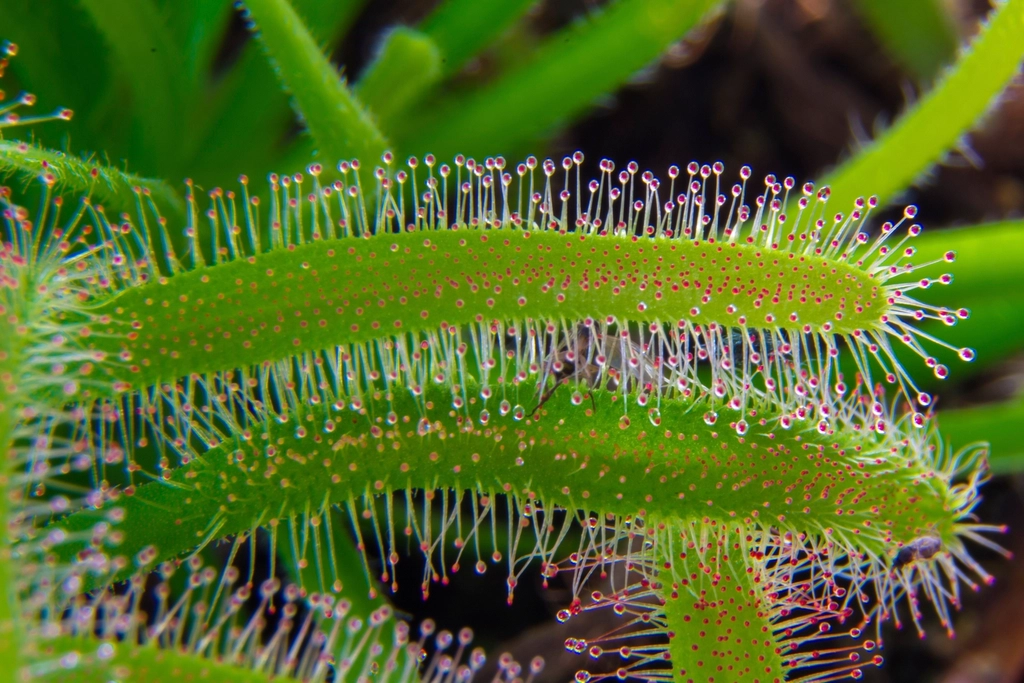
Despite their resilience, carnivorous plants face some serious threats. Habitat destruction, pollution, and climate change are shrinking the bogs, marshes, and wetlands they call home. Over-collection for the plant trade is another problem, putting pressure on already vulnerable populations. Conservationists are racing to protect these botanical wonders, establishing reserves and encouraging responsible cultivation. Preserving carnivorous plants isn’t just about saving weird plants—it’s about maintaining the delicate balance of entire ecosystems.
Growing Carnivorous Plants at Home

If you’re feeling inspired, you might be tempted to grow a Venus flytrap or pitcher plant yourself. These plants can make fascinating and educational houseguests, but they require special care. Most need pure water, high humidity, and plenty of light—conditions that mimic their wild habitats. Feeding them is also a delicate art; too much or the wrong kind of food can do more harm than good. Still, with patience and attention, carnivorous plants can thrive and even flower, offering a daily reminder of nature’s wild creativity.
The Fascination Continues: What Carnivorous Plants Teach Us
Carnivorous plants challenge our ideas about what it means to be a plant. They blur the line between plant and predator, showing that survival sometimes means rewriting the rules. Their unique adaptations reveal the power of evolution, the resilience of life, and the beauty of nature’s oddities. For scientists, studying these plants opens windows into everything from enzyme chemistry to ecosystem dynamics. For the rest of us, they’re living proof that sometimes the most extraordinary things are hiding right under our noses. Isn’t it amazing to think of a world where even plants can be picky about what’s for dinner?


